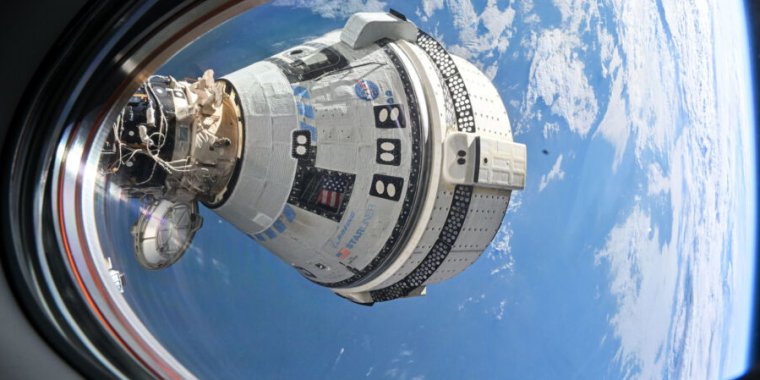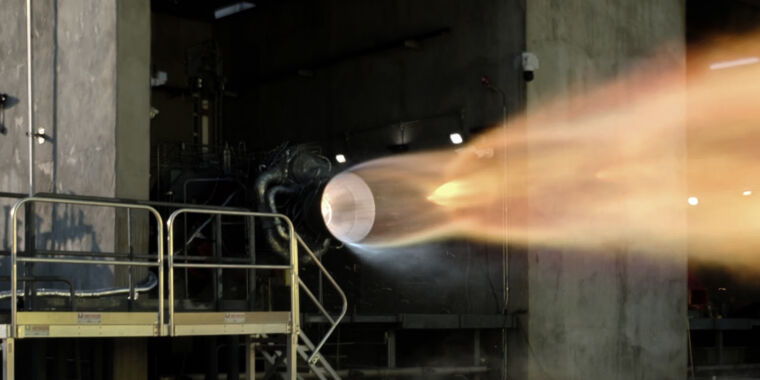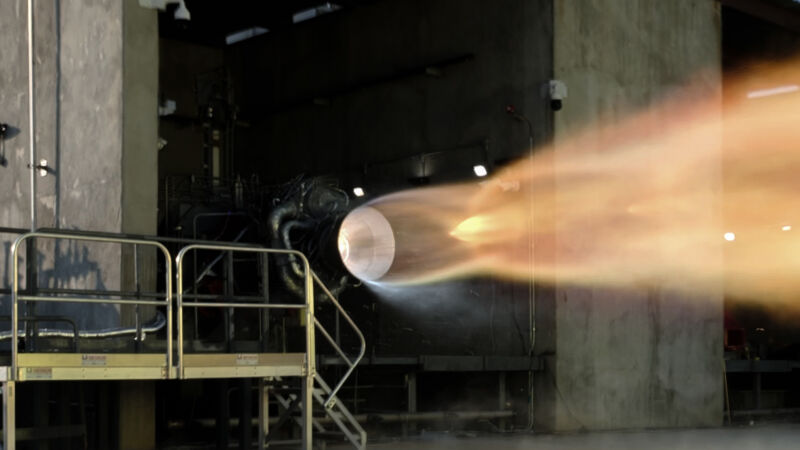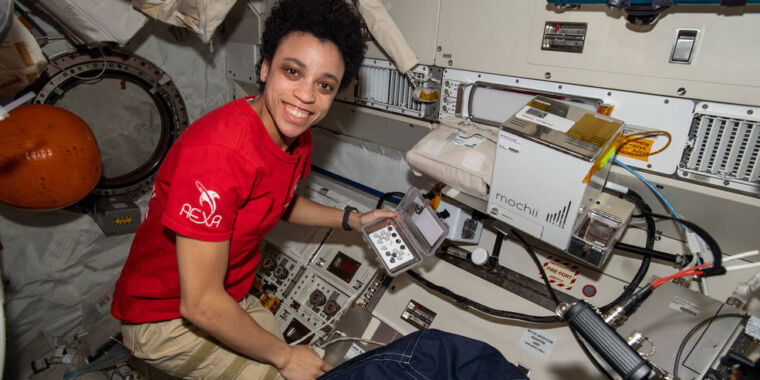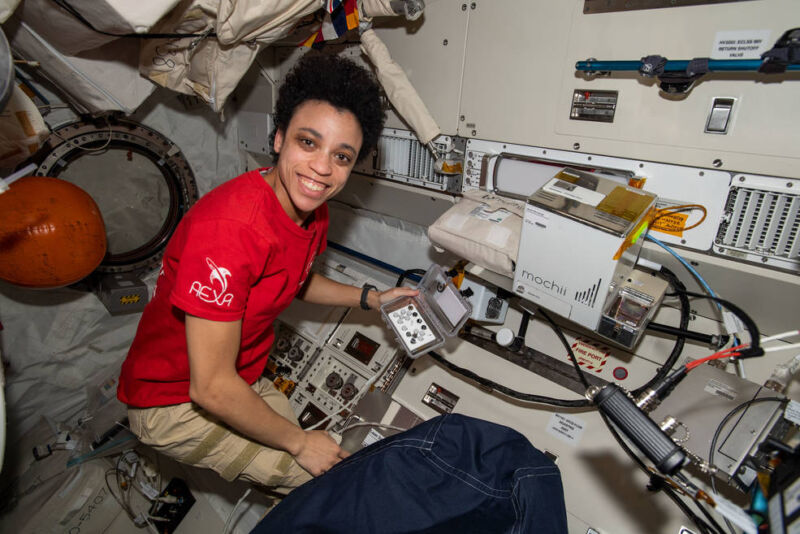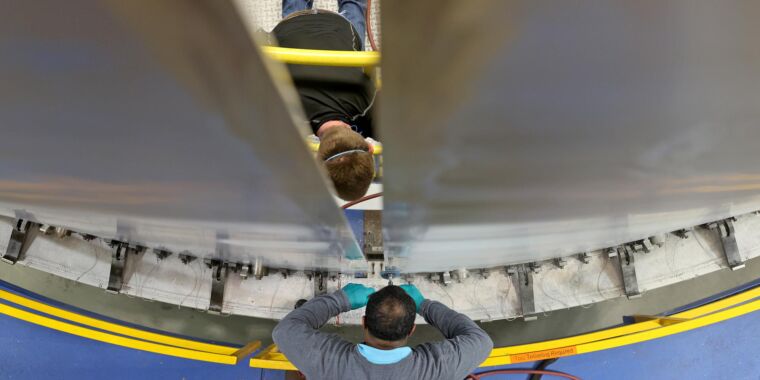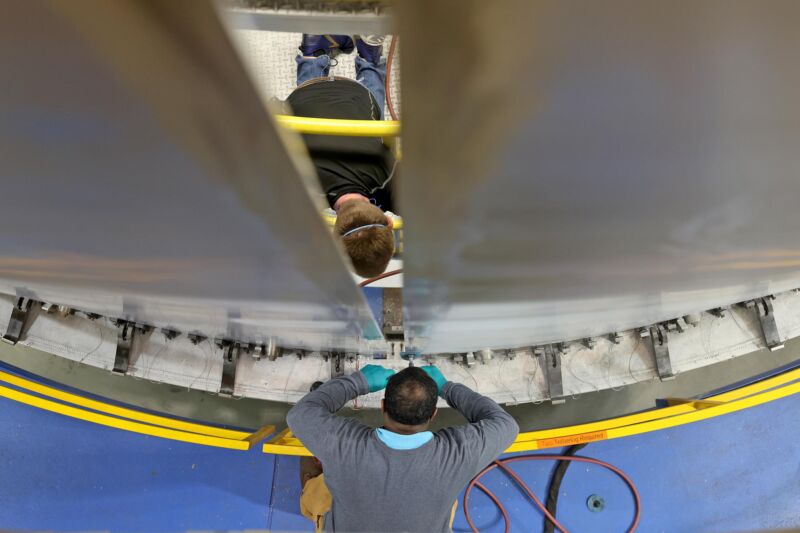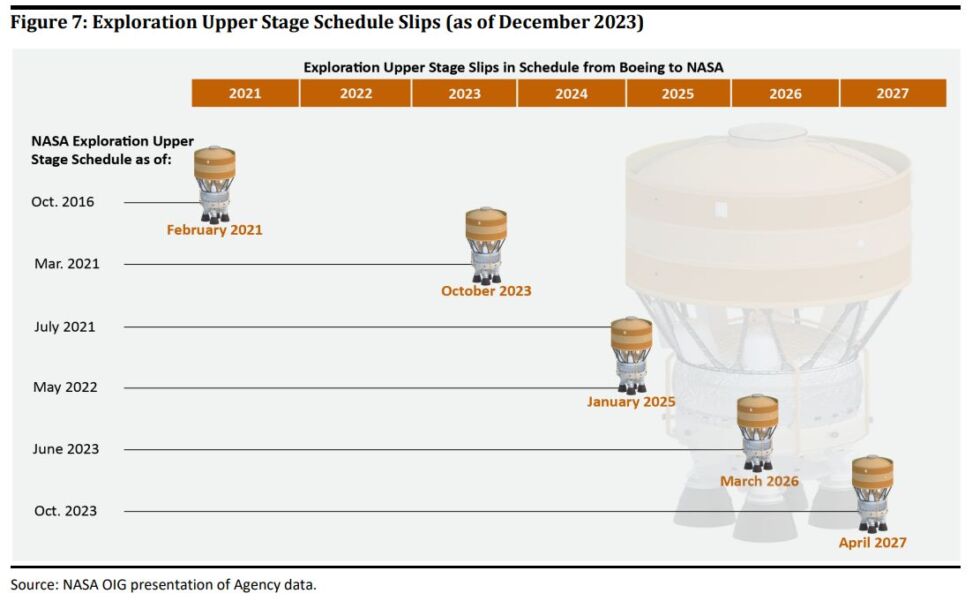Why cricket’s latest bowling technique is so effective against batters

Enlarge / Some cricket bowlers favor keeping the arm horizontal during delivery, the better to trick the batsmen.
Although the sport of cricket has been around for centuries in some form, the game strategy continues to evolve in the 21st century. Among the newer strategies employed by “bowlers”—the equivalent of the pitcher in baseball—is delivering the ball with the arm horizontally positioned close to the shoulder line, which has proven remarkably effective in “tricking” batsmen in their perception of the ball’s trajectory.
Scientists at Amity University Dubai in the United Arab Emirates were curious about the effectiveness of the approach, so they tested the aerodynamics of cricket balls in wind tunnel experiments. The team concluded that this style of bowling creates a high-speed spinning effect that shifts the ball’s trajectory mid-flight—an effect also seen in certain baseball pitches, according to a new paper published in the journal Physics of Fluids.
“The unique and unorthodox bowling styles demonstrated by cricketers have drawn significant attention, particularly emphasizing their proficiency with a new ball in early stages of a match,” said co-author Kizhakkelan Sudhakaran Siddharth, a mechanical engineer at Amity University Dubai. “Their bowling techniques frequently deceive batsmen, rendering these bowlers effective throughout all phases of a match in almost all formats of the game.”
As previously reported, any moving ball leaves a trail of air as it travels; the inevitable drag slows the ball down. The ball’s trajectory is affected by diameter and speed and by tiny irregularities on the surface. Baseballs, for example, are not completely smooth; they have stitching in a figure-eight pattern. Those stitches are bumpy enough to affect the airflow around the baseball as it’s thrown toward home plate. As a baseball moves, it creates a whirlpool of air around it, commonly known as the Magnus effect. The raised seams churn the air around the ball, creating high-pressure zones in various locations (depending on the pitch type) that can cause deviations in its trajectory.
Physicists have been enthusiastically studying baseballs since the 1940s, when Lyman Briggs became intrigued by whether a curveball actually curves. Initially, he enlisted the aid of the Washington Senators pitching staff at Griffith Stadium to measure the spin of a pitched ball; the idea was to determine how much the curve of a baseball depends on its spin and speed.
Briggs followed up with wind tunnel experiments at the National Bureau of Standards (now the National Institute of Standards and Technology) to make even more precise measurements since he could control most variables. He found that spin rather than speed was the key factor in causing a pitched ball to curve and that a curveball could dip up to 17.5 inches as it travels from the pitcher’s mound to home plate.

Enlarge / The first recorded photo of a cricket match taken on July 25, 1857, by Roger Fenton.
Public domain
In 2018, we reported on a Utah State University study to explain the fastball’s unexpected twist in experiments using Little League baseballs. The USU scientists fired the balls one by one through a smoke-filled chamber. Two red sensors detected the balls as they zoomed past, triggering lasers that acted as flashbulbs. They then used particle image velocimetry to calculate airflow at any given spot around the ball. Conclusion: It all comes down to spin speed, spin axis, and the orientation of the ball, and there is no meaningful aerodynamical difference between a two-seam fastball and a four-seam fastball.
In 2022, two physicists developed a laser-guided speed measurement system to measure the change in speed of a baseball mid-flight and then used that measurement to calculate the acceleration, the various forces acting on the ball, and the lift and drag. They suggested their approach could also be used for other ball sports like cricket and soccer.

Enlarge / The Armfield C15-15 Wake Survey Rake measured pressure downstream of the ball.
A.B. Faazil et al., 2024
Similarly, golf ball dimples reduce the drag flow by creating a turbulent boundary layer of air, while the ball’s spin generates lift by creating a higher air pressure area on the bottom of the ball than on the top. The surface patterns on volleyballs can also affect their trajectories. Conventional volleyballs have six panels, but more recent designs have eight panels, a hexagonal honeycomb pattern, or dimples. A 2019 study found that the surface panels on conventional volleyballs can give rise to unpredictable trajectories on float serves (which have no spin), and modifying the surface patterns could make for a more consistent flight.
From a physics standpoint, the float serve is similar to throwing a knuckleball in baseball, which is largely unaffected by the Magnus force because it has no spin. Its trajectory is determined entirely by how the seams affect the turbulent airflow around the baseball. The seams of a baseball can change the speed (velocity) of the air near the ball’s surface, speeding the ball up or slowing it down, depending on whether said seams are on the top or the bottom. The panels on conventional volleyballs have a similar effect.
Why cricket’s latest bowling technique is so effective against batters Read More »


